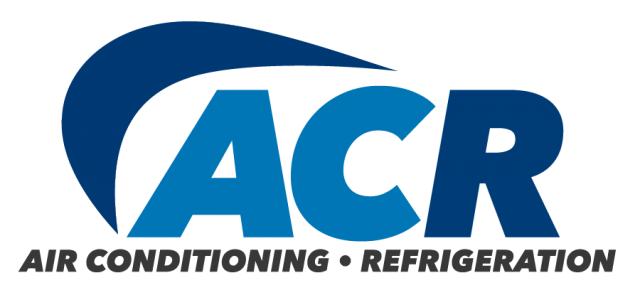Indoor air quality is always a concern when children live in your Belle Isle, FL, home. Children with asthma are vulnerable to particulates, which makes air quality a top priority for parents. Read on to learn more about some of the signs of poor indoor air quality and how to address them.
New Understanding of Indoor Air Quality
The EPA has found that people spend up to 90% of their time indoors. This makes indoor air quality a major factor in our general health. Unfortunately, they also determined that pollutants are much more concentrated in indoor spaces.
This remains true in even populous and heavily industrialized cities. Cleaning products, hobbies and even building materials bleed chemicals into our air. Our sensitivity to these pollutants becomes more acute as we spend more time indoors.
Signs of Trouble
Poor indoor air quality can cause symptoms that are often mistaken for a mild flu or the common cold. These symptoms can include the following:
- Sneezing and coughing
- Unwarranted fatigue
- Difficulty breathing
- Dizziness
- Headaches
- Nausea
- Symptoms worsening at home
- Breathing conditions that worsen at home
- Ear, nose, throat or skin irritation
These symptoms will last far longer if you have an indoor air quality problem than those caused by a virus. You should watch for patterns in your symptoms to help you decide if you have an indoor air quality issue.
A cold that won’t go away could show there is a problem with your air. Allergies that worsen when you are at home can be a red flag as well. Also, asthma symptoms that get worse when someone is inside is a prime indicator of trouble with your indoor air quality.
Testing and Inspections
An inspection by an expert from ACR Air Conditioning & Refrigeration is a good first step. They will identify any problem areas and determine what elements may be in your air. We’ll put what we find in a report along with our recommendations.
We can also help you decide if you need to take action to protect your family. A proper inspection can prevent health issues later. There are often preventive measures you can take for immediate effect.
Home Ducting
Your HVAC ductwork is one of the main sources of particulates in your home. Small animals and insects can get into your ductwork and leave behind their fur, chitin and waste. These particles are then blown into your home when your furnace engages, cycling these harmful materials through your air.
A thorough cleaning of your ductwork will break this cycle and go a long way toward improving your home’s air quality. The process uses vacuums that empty into trucks outside, removing the buildup in your ducts safely. The technicians will also inspect your ductwork for seam leaks and holes as they work and perform any repairs that you agree are necessary.
Bacteria and Moisture
Another factor in poor air quality is microorganisms living in your HVAC system. A UV light installed in your furnace will kill off all bacteria. This stops live bacteria from entering your ducts and spreading throughout your home.
Too much or too little humidity can be detrimental to the air quality within your home. Air that is too dry can cause bronchitis and general discomfort. Too much humidity can cause bacteria and viruses to thrive.
A solution to unbalanced moisture in your air is the whole-house humidifier. It attaches directly to your HVAC system and controls the amount of moisture in your home. Advanced humidifiers respond to seasonal changes and adjust as needed.
Air Filtration
Pollen, soot, smoke, dust and droplets are all within the air that we breathe. Filtering out those air particles is a function designed into your home’s HVAC system. How well your system does this depends on the quality of the filter.
Not all air filters are equal. Filters come in a variety of capabilities and use the Minimum Efficiency Rating Values (MERV) to describe the filtration level of each device. They are as follow:
- MERV 1-4 – pollen, dust, dust mites, carpet and textile fibers
- MERV 5-8 – spores, cement dust
- MERV 9-12 – lead dust, exhaust fumes, some bacteria
- MERV 13-16 – all bacteria, smoke, droplet residue
High-end filters need professional installation, but they’re among the best available. They filter out up to 99.98% of airborne particles and can catch particulates as small as 0.1 microns. These units are far superior to the best HEPA room filters and cover the air in your entire home.
Call today to have your home in Belle Isle, FL, inspected by ACR Air Conditioning & Refrigeration. Our recommendations and service will ensure that the air in your home is comfortable and safe.
Image provided by iStock


